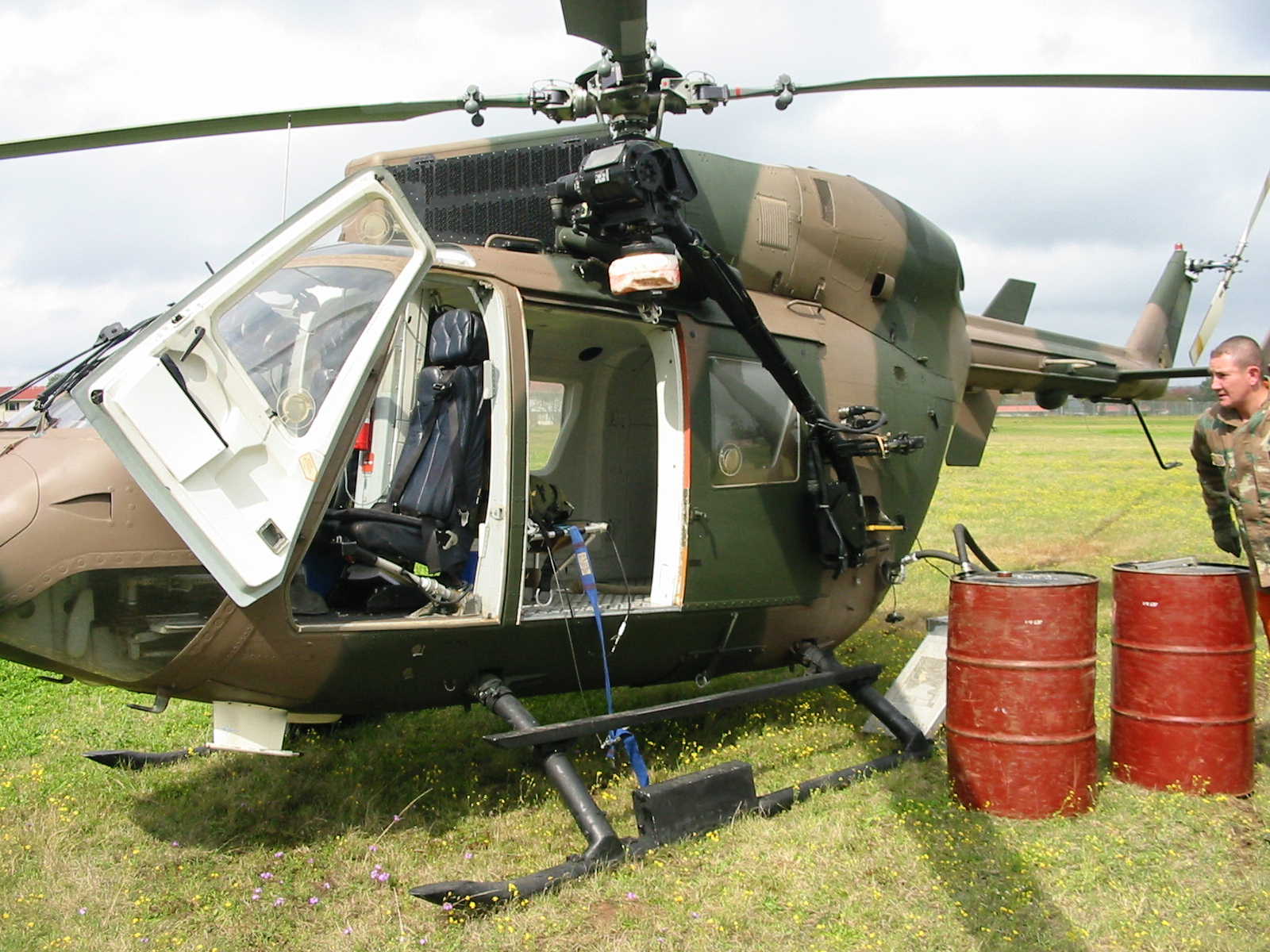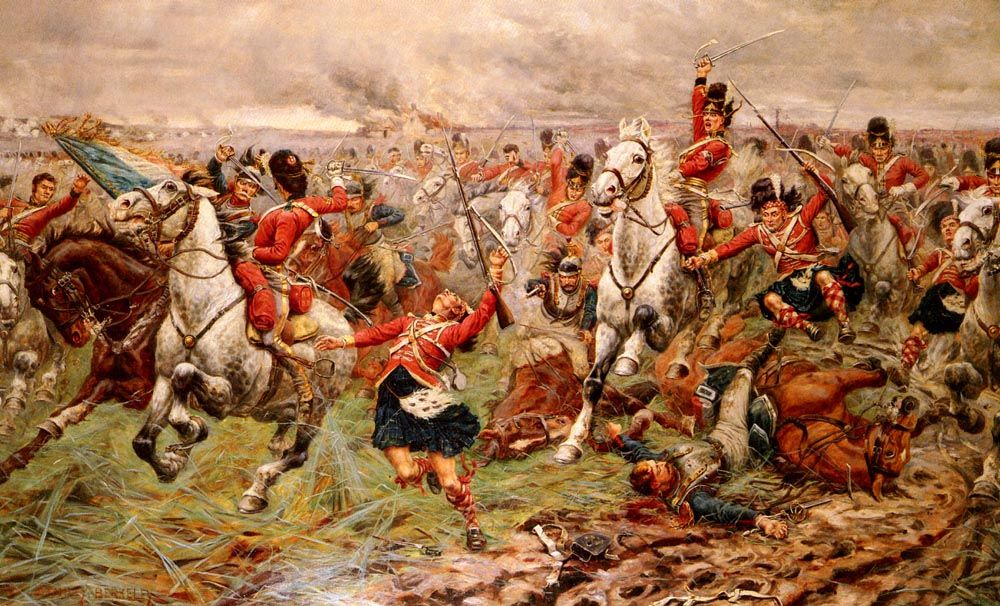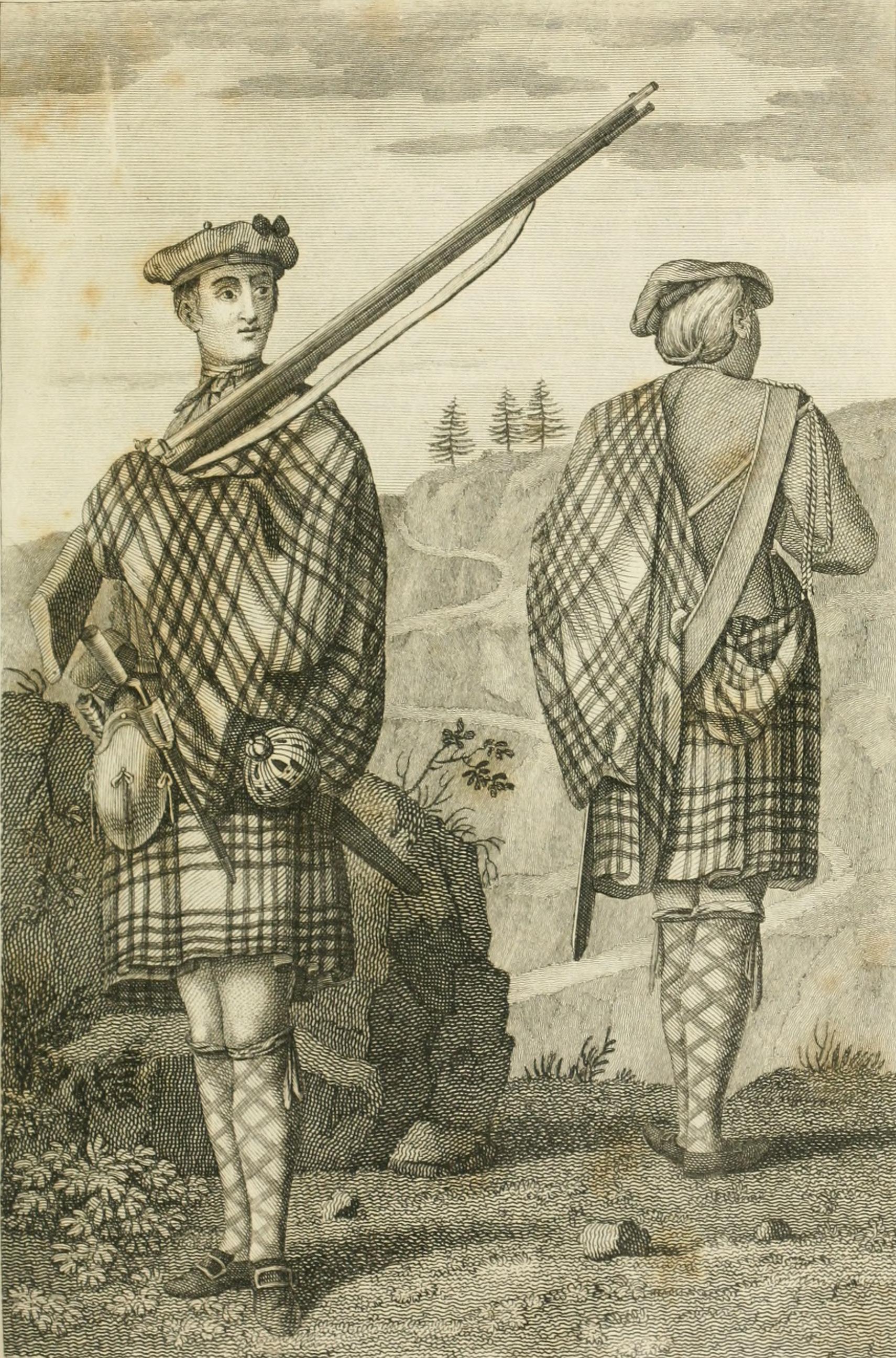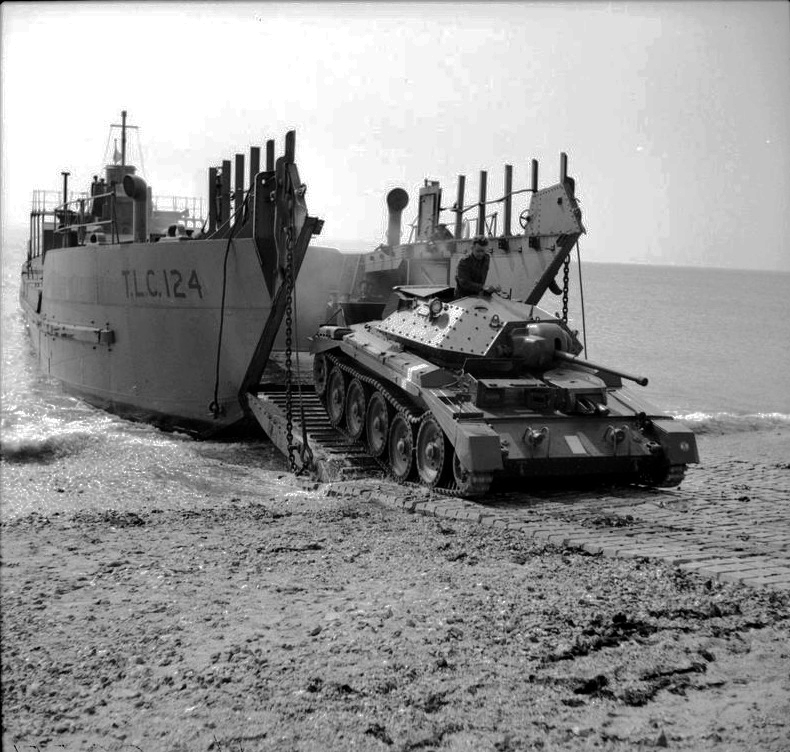|
Pretoria Highlanders
The Pretoria Highlanders Regiment was a regiment of the South African Army. As a reserve unit, it had a status roughly equivalent to that of a United Kingdom, British Army Reserve (United Kingdom), Army Reserve or United States Army National Guard unit. Though the regiment was disbanded, the associated pipe band continues to operate. History World War 2 The regiment was founded by Peter Lawrence Goudie on the outbreak of World War II in 1939. He recruited 1,400 men within six weeks and also raised the funds to equip them with Scottish regiment, Highland uniforms. During World War II the regiment, as part of 7 South African Infantry Brigade, took part in "Operation Rose", the invasion of Madagascar by South African forces in June 1942. As far as is known, this is the first (and only) amphibious operation in which South African troops ever participated. Post World War and into Border War In 1946, the PH were converted to artillery and renamed ''1 Anti-Tank Regiment (PH)''. Wh ... [...More Info...] [...Related Items...] OR: [Wikipedia] [Google] [Baidu] |
SANDF Pretoria Highlanders Emblem
The South African National Defence Force (SANDF) comprises the armed forces of South Africa. The Chief of the SANDF is appointed by the President of South Africa from one of the armed services. They are in turn accountable to the Minister of Defence and Military Veterans of the Defence Department. The military as it exists today was created in 1994, following South Africa's first nonracial election in April of that year and the adoption of a new constitution. It replaced the South African Defence Force and also integrated uMkhonto we Sizwe (MK), and the Azanian People's Liberation Army (APLA) guerilla forces. History Integration process In 1994, the SANDF took over the personnel and equipment from the SADF and integrated forces from the former Bantustan homelands forces, as well as personnel from the former guerrilla forces of some of the political parties involved in South Africa, such as the African National Congress's Umkhonto we Sizwe, the Pan Africanist Congress's Azani ... [...More Info...] [...Related Items...] OR: [Wikipedia] [Google] [Baidu] |
Scottish Regiment
Scottish regiments are Military organization#Commands, formations, and units, military units which at some point during their existence have had a form of connection with Scotland. Though the military history of Scotland dates back to the era of classical antiquity, the first organised Scottish military units were formed in the Middle Ages, mostly to serve in the Anglo-Scottish Wars or the Hundred Years' War. Numerous Scottish units also fought in the Wars of the Three Kingdoms, and during the 1660 Stuart Restoration the Scots Army was established as the army of the Kingdom of Scotland. As a result of the Acts of Union 1707, the Scots Army was merged with the English Army to form the British Army, which contained numerous prominent Scottish regiments. Several Scottish regiments were also raised by the armies of the British Empire, including the Australian Army, Canadian Army and South African Army. Two Union army regiments which served in the American Civil War also cultivated a ... [...More Info...] [...Related Items...] OR: [Wikipedia] [Google] [Baidu] |
Artillery Regiments Of South Africa
Artillery consists of ranged weapons that launch munitions far beyond the range and power of infantry firearms. Early artillery development focused on the ability to breach defensive walls and fortifications during sieges, and led to heavy, fairly immobile siege engines. As technology improved, lighter, more mobile field artillery cannons were developed for battlefield use. This development continues today; modern self-propelled artillery vehicles are highly mobile weapons of great versatility generally providing the largest share of an army's total firepower. Originally, the word "artillery" referred to any group of soldiers primarily armed with some form of manufactured weapon or armour. Since the introduction of gunpowder and cannon, "artillery" has largely meant cannon, and in contemporary usage, usually refers to shell-firing guns, howitzers, and mortars (collectively called ''barrel artillery'', ''cannon artillery'' or ''gun artillery'') and rocket artillery. In common ... [...More Info...] [...Related Items...] OR: [Wikipedia] [Google] [Baidu] |
Highland Regiments
Scottish regiments are military units which at some point during their existence have had a form of connection with Scotland. Though the military history of Scotland dates back to the era of classical antiquity, the first organised Scottish military units were formed in the Middle Ages, mostly to serve in the Anglo-Scottish Wars or the Hundred Years' War. Numerous Scottish units also fought in the Wars of the Three Kingdoms, and during the 1660 Stuart Restoration the Scots Army was established as the army of the Kingdom of Scotland. As a result of the Acts of Union 1707, the Scots Army was merged with the English Army to form the British Army, which contained numerous prominent Scottish regiments. Several Scottish regiments were also raised by the armies of the British Empire, including the Australian Army, Canadian Army and South African Army. Two Union army regiments which served in the American Civil War also cultivated a "Scottish" identity. Scottish regiments often adopt ... [...More Info...] [...Related Items...] OR: [Wikipedia] [Google] [Baidu] |
SADF Era Pretoria Highlanders Insignia
The South African Defence Force (SADF) (Afrikaans: ''Suid-Afrikaanse Weermag'') comprised the armed forces of South Africa from 1957 until 1994. Shortly before the state reconstituted itself as a republic in 1961, the former Union Defence Force was officially succeeded by the SADF, which was established by the Defence Act (No. 44) of 1957. The SADF, in turn, was superseded by the South African National Defence Force in 1994. Mission and structure The SADF was organised to perform a dual mission: to counter possible insurgency in all forms, and to maintain a conventional military arm which could defend the republic's borders, making retaliatory strikes as necessary. As the military expanded during the 1970s, the SADF general staff was organised into six sections—finance, intelligence, logistics, operations, personnel, and planning; uniquely, the South African Medical Service (SAMS) was made co-equal with the South African Army, the South African Navy and the South African A ... [...More Info...] [...Related Items...] OR: [Wikipedia] [Google] [Baidu] |
7 South African Infantry Division
7 South African Infantry Division was a formation (military), formation of the South African Army, active from the 1960s to 1999. History Origin of 7 Division from existing and new Brigades 7 Division and 17, 18 and 19 Brigades were established on 1 April 1965. Difficulties with manning levels saw the disestablishment of 7 Division on 1 November 1967 and its replacement by the Army Task Force (HQ) and 16 Brigade. Re-designated Headquarters On 2 April 1971, a small band of officers (Brigadier Webster, Colonel Klaus Von Lieres, Colonel Hugh Hardingham, Major Barry York, Major Gerrie Moolman, Captain Bertie Suter, and Captain Manus Bothma) were summoned to meet with Major General Stapelberg (Combat General, Witwatersrand Command) to inaugurate the establishment of 7 Division, South African Army. The meeting took place at the headquarters of the Transvaal Irish Regiment in Johannesburg. From 1 September 1972 Army Task Force Headquarters was redesignated HQ 7 Division. Sister Divi ... [...More Info...] [...Related Items...] OR: [Wikipedia] [Google] [Baidu] |
Amphibious Operation
Amphibious warfare is a type of offensive military operation that today uses naval ships to project ground and air power onto a hostile or potentially hostile shore at a designated landing beach. Through history the operations were conducted using ship's boats as the primary method of delivering troops to shore. Since the Gallipoli Campaign, specialised watercraft were increasingly designed for landing troops, material and vehicles, including by landing craft and for insertion of commandos, by fast patrol boats, zodiacs (rigid inflatable boats) and from mini-submersibles. The term ''amphibious'' first emerged in the United Kingdom and the United States during the 1930s with introduction of vehicles such as Vickers-Carden-Loyd Light Amphibious Tank or the Landing Vehicle Tracked.The first LVT prototypes were named ''Alligator'' and ''Crocodile'', though neither species is actual amphibian Amphibious warfare includes operations defined by their type, purpose, scale and mea ... [...More Info...] [...Related Items...] OR: [Wikipedia] [Google] [Baidu] |
Madagascar
Madagascar, officially the Republic of Madagascar, is an island country that includes the island of Madagascar and numerous smaller peripheral islands. Lying off the southeastern coast of Africa, it is the world's List of islands by area, fourth largest island, the List of island countries, second-largest island country, and the List of countries and dependencies by area, 46th largest country overall. Its capital and List of cities in Madagascar, largest city is Antananarivo. Following the prehistoric breakup of the supercontinent Gondwana, Madagascar split from Africa during the Early Jurassic period, around 180 million years ago, and separated from the Indian subcontinent approximately 90 million years ago. This isolation allowed native plants and animals to evolve in relative seclusion; as a result, Madagascar is a biodiversity hotspot and one of the world's 17 megadiverse countries, with over 90% of its wildlife of Madagascar, wildlife being endemic. The island has ... [...More Info...] [...Related Items...] OR: [Wikipedia] [Google] [Baidu] |
World War II
World War II or the Second World War (1 September 1939 – 2 September 1945) was a World war, global conflict between two coalitions: the Allies of World War II, Allies and the Axis powers. World War II by country, Nearly all of the world's countries participated, with many nations mobilising all resources in pursuit of total war. Tanks in World War II, Tanks and Air warfare of World War II, aircraft played major roles, enabling the strategic bombing of cities and delivery of the Atomic bombings of Hiroshima and Nagasaki, first and only nuclear weapons ever used in war. World War II is the List of wars by death toll, deadliest conflict in history, causing World War II casualties, the death of 70 to 85 million people, more than half of whom were civilians. Millions died in genocides, including the Holocaust, and by massacres, starvation, and disease. After the Allied victory, Allied-occupied Germany, Germany, Allied-occupied Austria, Austria, Occupation of Japan, Japan, a ... [...More Info...] [...Related Items...] OR: [Wikipedia] [Google] [Baidu] |
South African Army Artillery Formation
The South African Army Artillery Formation is the controlling entity of all South African Army artillery units. It draws much of its history from the South African Artillery, established in 1934 but with roots that reach back to 1921. The formation consists of both regular and reserve units. There is a separate South African Army Air Defence Artillery Formation that directs army anti-aircraft warfare units. History Origins The South African Permanent Force, created in 1913 as the Permanent Force and re-designated with effect from 23 February 1923, included the South African Field Artillery (SAFA), and the South African Permanent Garrison Artillery (SAPGA). The SAPGA had begun operations some time before, when the coastal defences of the Cape Peninsula (manned by the Cape Garrison Artillery) had been handed over to South Africa in December 1921. In Proclamation No. 246 of 1934, the Governor General of the Union of South Africa merged the two organisations with effect from 1 Septem ... [...More Info...] [...Related Items...] OR: [Wikipedia] [Google] [Baidu] |
Pipe Band
A pipe band is a musical ensemble consisting of pipers and drummers. The term pipes and drums, used by military pipe bands is also common. The most common form of pipe band consists of a section of pipers playing the Great Highland bagpipe, a section of snare drummers (often referred to as 'side drummers'), several tenor drummers and usually one, though occasionally two, bass drummers. The tenor drummers and bass drummer are referred to collectively as the 'bass section' (or in North America as the 'midsection'), and the entire drum section is collectively known as the drum corps. The band follows the direction of the pipe major; when on parade the band may be led by a drum major, who directs the band with a mace. Standard instrumentation for a pipe band involves 6 to 25 pipers, 3 to 10 side drummers, 1 to 6 tenor drummers and 1 bass drummer. Occasionally this instrumentation is augmented to include additional instruments (such as additional percussion instruments or keyboar ... [...More Info...] [...Related Items...] OR: [Wikipedia] [Google] [Baidu] |










